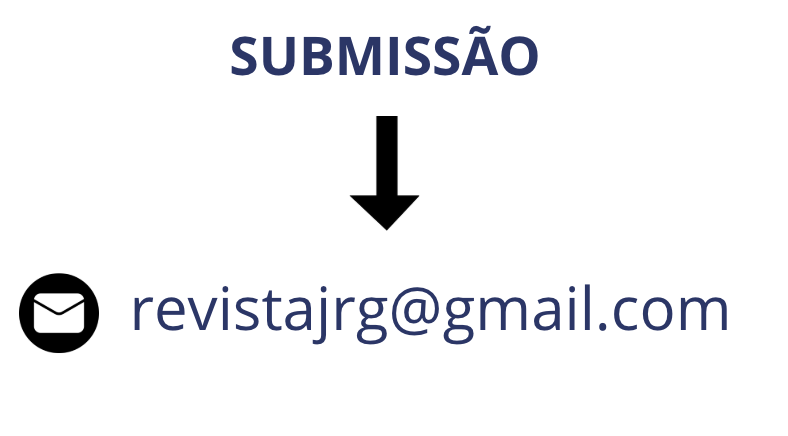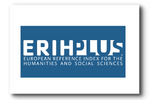Challenges and strategies in managing remote and multicultural teams in e-commerce
DOI:
https://doi.org/10.55892/jrg.v8i18.1966Palavras-chave:
Virtual teams, e-commerce, innovation and knowledge, leadership and collaboration, diversity, digital communication, performanceResumo
This paper aims to explore the dynamics of virtual teams in e-commerce and their relationship with innovation, highlighting the factors that influence effective collaboration and the creation of innovative solutions in digital work environments. Through a literature review, studies on technology use, team diversity management, and the impacts of virtual communication on team performance and creativity were analyzed. Additionally, the role of leadership, knowledge integration, and collaborative practices as facilitators of innovation was investigated. This study contributes to the understanding of the challenges and opportunities of virtual teams in e-commerce, highlighting the impact of digital transformation and the pandemic on innovation and remote collaboration.
Downloads
Referências
Abhari, K., Pesavento, M., & Williams, D. (2023). Supporting participatory innovation during the COVID-19 pandemic: A comparative study of enterprise social media use. Information Technology & People, 36(5), 2030–2062. https://doi.org/10.1108/ITP-01-2021-0041
Adamovic, M. (2018). An employee-focused human resource management perspective for the management of global virtual teams. The International Journal of Human Resource Management, 29(14), 2159–2187. https://doi.org/10.1080/09585192.2017.1323227
Andrés, M. R., Broncano, S. G., & Monsalve, J. N. M. (2015). Could innovative teams provide the necessary flexibility to compete in the current context? Cuadernos de Gestión, 15(1), 145–164. Institute of Applied Business Economics. https://doi.org/10.5295/cdg.130446mr
Ayoub, H. F., Abdallah, A. B., & Suifan, T. S. (2017). The effect of supply chain integration on technical innovation in Jordan: The mediating role of knowledge management. Benchmarking: An International Journal, 24(3), 594–616.
Batarseh, F. S., Daspit, J. J., & Usher, J. M. (2018). The collaboration capability of global virtual teams: Relationships with functional diversity, absorptive capacity, and innovation. International Journal of Management Science and Engineering Management, 13(1), 1–10. https://doi.org/10.1080/17509653.2016.1275865
Batarseh, F. S., Usher, J. M., & Daspit, J. J. (2017a). Absorptive capacity in virtual teams: Examining the influence on diversity and innovation. Journal of Knowledge Management, 21(6), 1342–1361. https://doi.org/10.1108/JKM-06-2016-0221
Batarseh, F. S., Usher, J. M., & Daspit, J. J. (2017b). Collaboration capability in virtual teams: Examining the influence on diversity and innovation. International Journal of Innovation Management, 21(4). https://doi.org/10.1142/S1363919617500347
Bosch-Sijtsema, P. M., & Haapamäki, J. (2014). Perceived enablers of 3D virtual environments for virtual team learning and innovation. Computers in Human Behavior, 37, 395–401. https://doi.org/10.1016/j.chb.2014.04.035
Buisine, S., & Guegan, J. (2019). Creativity in virtual teams: Bridging the gap between virtual collaboration and creativity in an increasingly digital world. Creativity Studies, 12(2), 198-210. https://doi.org/10.3846/cs.2019.576
Chamakiotis, P., Boukis, A., Panteli, N., & Papadopoulos, T. (2020). The role of temporal coordination for the fuzzy front-end of innovation in virtual teams. International Journal of Information Management, 50, 182–190. https://doi.org/10.1016/j.ijinfomgt.2019.04.015
Cui, G., Wang, F., & Zhang, Y. (2022). Buffer or boost? The role of openness to experience and knowledge sharing in the relationship between team cognitive diversity and innovation. Current Psychology, 42, 25233–25245. https://doi.org/10.1007/s12144-022-03633-7
Derven, M. (2016). Four drivers to enhance global virtual teams. Industrial and Commercial Training, 48(1), 1–8. https://doi.org/10.1108/ICT-08-2015-0056
Doghri, S. B. S., Horchani, S. C., & Mouelhi, M. (2021). The E-Leadership linking inter-organisational collaboration and ambidextrous innovation. International Journal of Innovation Management, 25(4). https://doi.org/10.1142/S1363919621500432
Dossick, C., Osburn, L., & Neff, G. (2019). Innovation through practice: The messy work of making technology useful for architecture, engineering, and construction teams. Engineering, Construction and Architectural Management. https://doi.org/10.1108/ECAM-12-2017-0272
Du, J., Zhu, S., & Li, W. H. (2022). Innovation through internationalization: A systematic review and research agenda. Asia Pacific Journal of Management, 1–35.
Eisenberg, J., Post, C., & DiTomaso, N. (2019). Team Dispersion and Performance: The Role of Team Communication and Transformational Leadership. Small Group Research, 50(3), 348–380. https://doi.org/10.1177/1046496419827376
Elfsberg, J. V., Johansson, C., Frank, M., Larsson, A., Larsson, T., & Leifer, L. (2021). How COVID-19 enabled a global student design team to achieve breakthrough innovation. Proceedings of the Design Society, 1, 1705–1714. https://doi.org/10.1017/pds.2021.432
Fagerholm, F., Sanchez Guinea, A., Borenstein, J., & Munch, J. (2014). Onboarding in open source projects. IEEE Software, 31(6), 54–61. https://doi.org/10.1109/MS.2014.107
Fernandez, D. B., & Jawadi, N. (2015). Virtual R&D project teams: From E-leadership to performance. Journal of Applied Business Research, 31(5), 1693. https://doi.org/10.19030/jabr.v31i5.9384
Freitas, A. R. R., Napimoga, M., & Donalisio, M. R. (2020). Análise da gravidade da pandemia de Covid-19. Epidemiologia e Serviços de Saúde, 29(2). https://doi.org/10.5123/S1679-49742020000200008
Grözinger, N., Irlenbusch, B., Laske, K., & Schröder, M. (2020). Innovation and communication media in virtual teams – An experimental study. Journal of Economic Behavior & Organization, 180, 201–218. https://doi.org/10.1016/j.jebo.2020.09.009
Hanebuth, A. (2015). Success factors of virtual research teams – Does distance still matter? Management Revue, 26(2), 161–179. https://doi.org/10.5771/0935-9915-2015-2-161
Harzing, A.-W., & van der Wal, R. (2008). A Google Scholar H-Index for journals: A better metric to measure journal impact in economics & business. Proceedings of the Academy of Management Annual Meeting, 1–25.
Henderson, L. S., Stackman, R. W., & Lindekilde, R. (2016). The centrality of communication norm alignment, role clarity, and trust in global project teams. International Journal of Project Management, 34(8), 1607–1622.
Downloads
Publicado
Como Citar
Edição
Seção
ARK
Licença

Este trabalho está licenciado sob uma licença Creative Commons Attribution 4.0 International License.










































